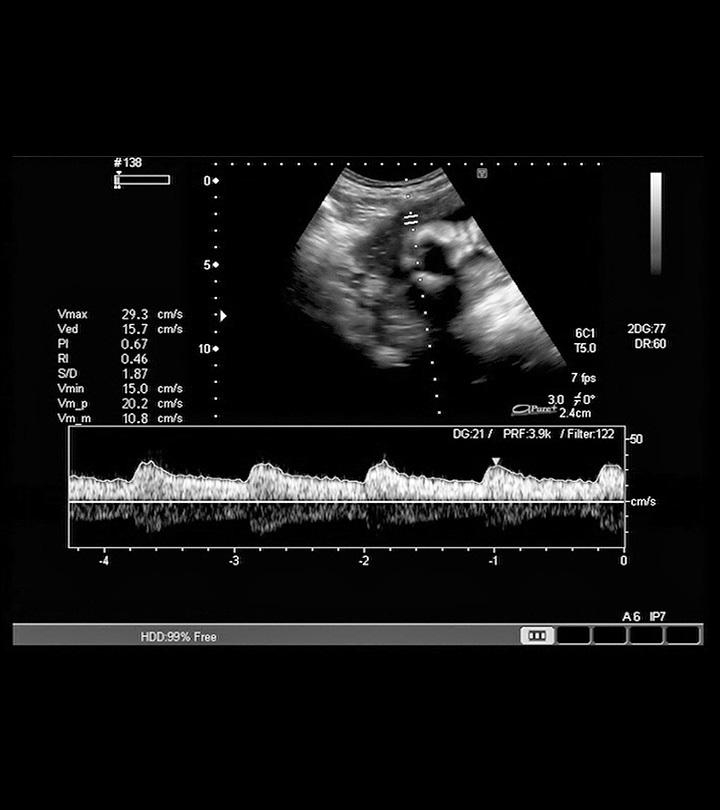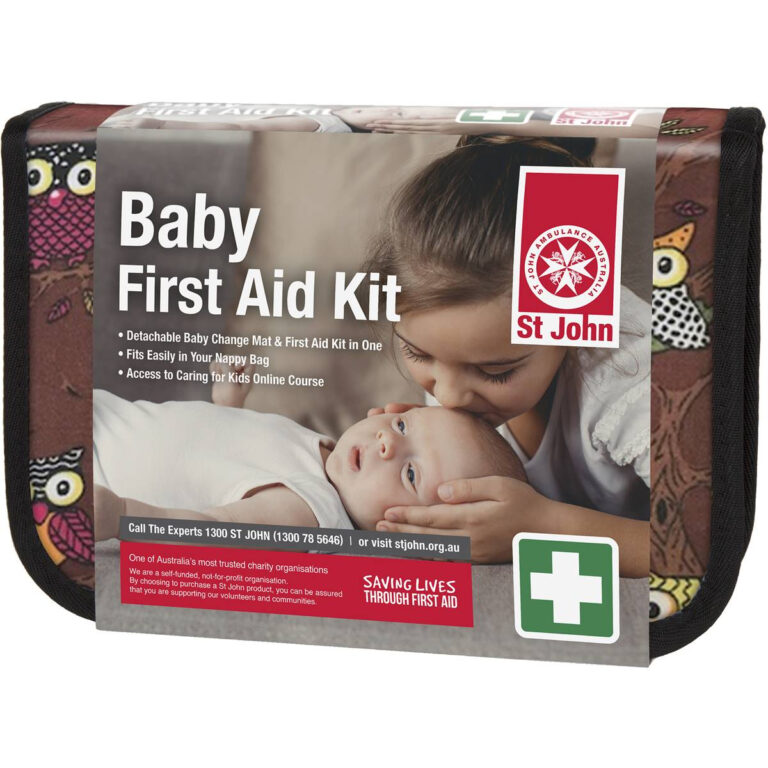What Is A Dream Feed Baby: A Comprehensive Guide
Are you a new parent looking for ways to improve your baby’s sleep? Have you heard about the concept of dream feeding but are not sure what it actually means? In this article, we will explore the idea of a dream feed baby and how it can potentially help both you and your little one get a better night’s rest.
Knowledge
A dream feed involves feeding your baby while they are still asleep, usually around 10-11 pm, before you head to bed for the night. The goal is to provide your baby with a full feeding without fully waking them up, so they can sleep for longer stretches without needing to eat.
Many parents find that dream feeding can be a helpful strategy to extend the length of time between nighttime feedings, allowing both you and your baby to get more restful sleep. It can also be a way to ensure that your baby is getting enough calories throughout the night, especially if they are going through a growth spurt or are having trouble gaining weight.
To successfully dream feed your baby, it is important to create a calm and quiet environment. Keep the lights dim and try to avoid stimulating your baby too much during the feeding. Use a slow-flow nipple to prevent them from gulping down the milk too quickly, which could lead to discomfort or spitting up.
It is also essential to practice safe sleep habits when dream feeding your baby. Make sure to place them back in their crib or bassinet on their back after the feeding, and avoid falling asleep with them in your bed to reduce the risk of accidental suffocation or Sudden Infant Death Syndrome (SIDS).
While dream feeding can be a useful tool for some parents, it is not always necessary or appropriate for every baby. Some babies may naturally sleep for longer stretches without needing to eat, while others may wake frequently regardless of dream feeds. It is essential to pay attention to your baby’s cues and adjust your feeding routine accordingly.
Conclusion
In conclusion, dream feeding can be a helpful strategy for parents looking to improve their baby’s sleep and reduce nighttime feedings. It can allow both you and your baby to get more restful sleep and ensure that your little one is getting enough calories throughout the night.
Ultimately, the decision to try dream feeding your baby will depend on your unique situation and your baby’s individual needs. It is essential to consult with your pediatrician or a lactation consultant if you have any concerns or questions about incorporating dream feeds into your baby’s feeding routine.
By understanding what a dream feed baby is and how it can potentially benefit your family, you can make an informed decision about whether or not to try this feeding strategy with your little one. Remember to prioritize safety and your baby’s well-being above all else, and trust your instincts as a parent.






